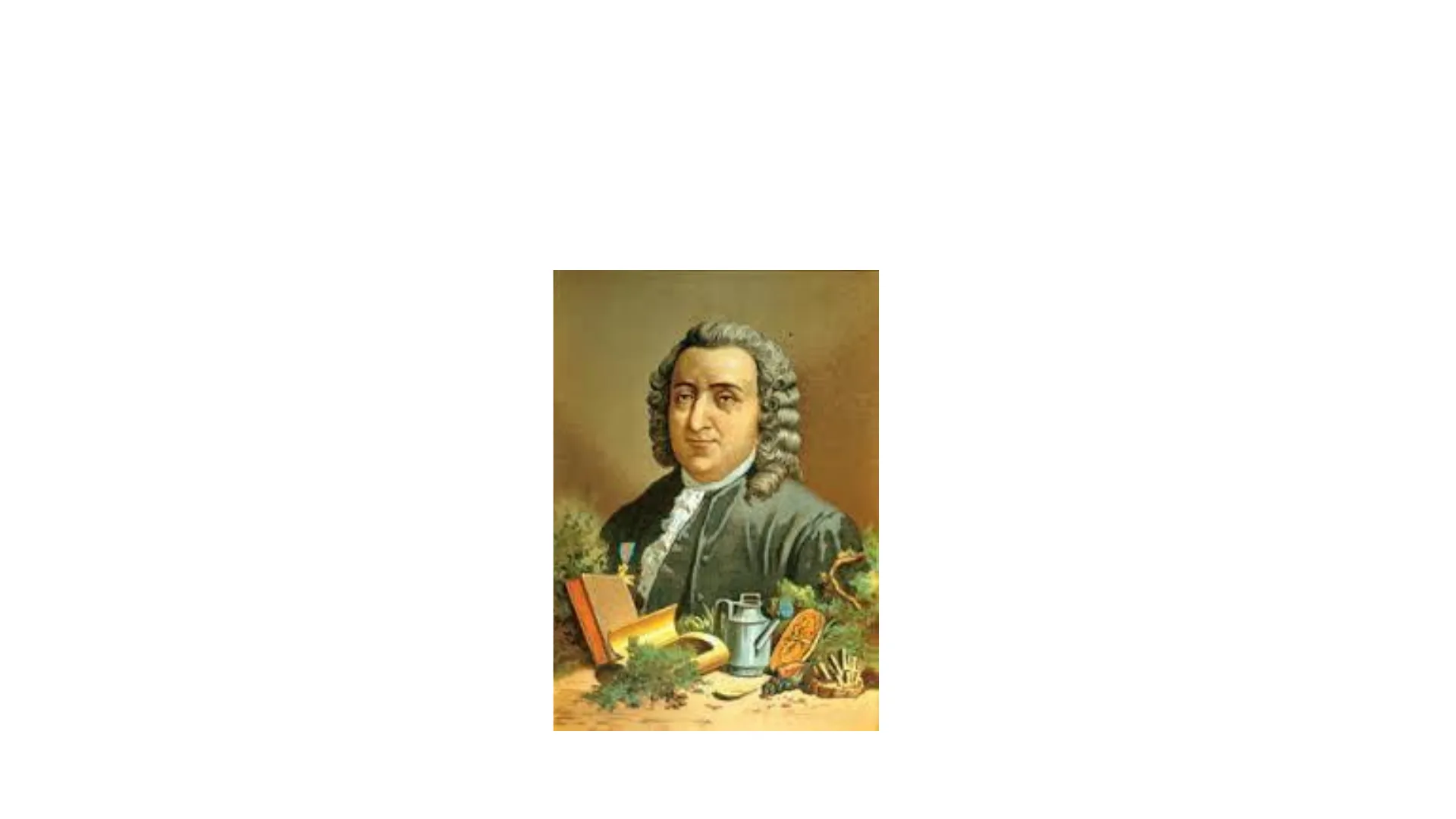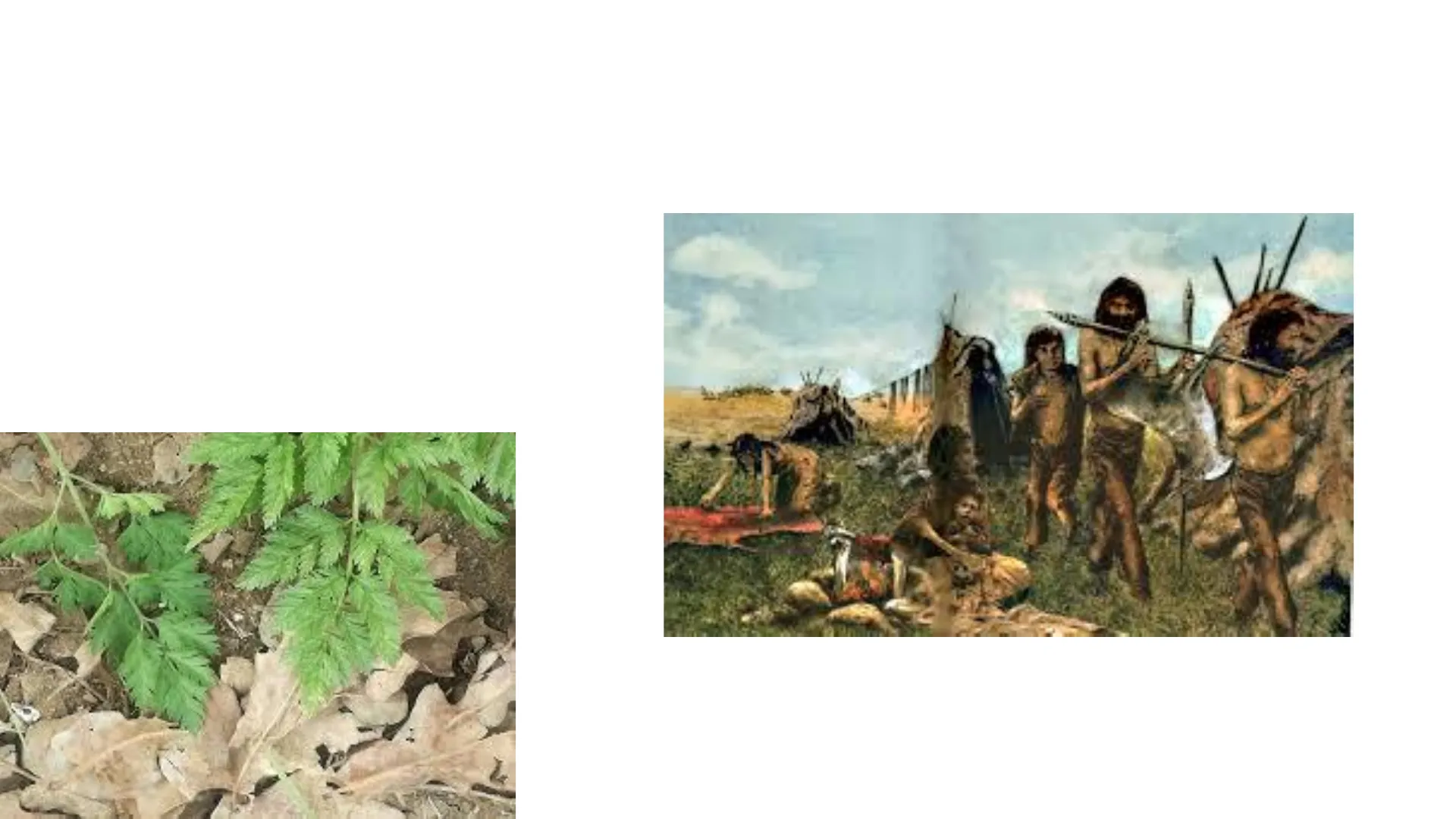History of Botany, Classification & Nomenclature, Bricca University Presentation
Slides from Bricca about History of Botany, Classification & Nomenclature. The Pdf explores the history of botany, classification, and nomenclature, including morphological and phylogenetic classification, cryptic species, and the concept of Domain, suitable for university-level Biology students.
See more47 Pages


Unlock the full PDF for free
Sign up to get full access to the document and start transforming it with AI.
Preview
History of Botany
Bricca - Plant biodiversity and environmental impact assessment 2024-2025 History of botany, classification & nomenclature Nomina si nescis, perit et cognitio rerum 04/03/2025Bricca - Plant biodiversity and environmental impact assessment 2024-2025 History of botany The knowledge about plants dates back to the earliest human societies (hunter-gatherer), where knowledge of plants was essential for survival. The ability to distinguish between beneficial and toxic plants was crucial for survival. Wild carrots and poison hemlockBricca - Plant biodiversity and environmental impact assessment 2024-2025
Ancient Egypt and Plant-Based Remedies
Ancient Egypt The Ebers Papyrus (ca. 1550 BC) is one of the oldest known medical texts, describing numerous plant-based remedies:
- · the use of willow bark (Salix sp.) to treat pain and inflammation. It contains salicin, a natural compound that led to the development of modern aspirin (acetylsalicylic acid).
- · Garlic - Used to boost immunity and treat infections.
- · Juniper berries - Used for digestive issues and as a diuretic.
- · Aloe vera - Used for wound healing and skin conditions. 17 21423241- 42227601-10212% 22+2022113141-23-1 ASPIRIN C Acetylsalicylic acid / Ascorbic acid Aspirin - Vitamin C Lemon flavor effervescent tablets For relief of quint, reducing fever, - ani rheumatic treatment. 20 Effervescent tabletsBricca - Plant biodiversity and environmental impact assessment 2024-2025
Ancient Greek Philosophy and Botany
Ancient Greek Philosophy (Science), the focus on plants was not only practical (medicinal and edible plants) but also theoretical, aiming to investigate nature. Aristotle (384-322 BC) " father of the classification" also studied plants in his writings, but these were lost. Theophrastus (372-287 BC): "father of botany," described plant structures, growth, and reproduction in his work Enquiry into Plants (Historia plantarum) and On the Causes of Plants THEOPHRASTI PHILOSOPHI CLA- RISSIMI. DEHISTORIA PLANTARVM Doi carlos Gestratlere LVGDVNL Apud Gulichnum Gazzium, Can Priaikgio surgir.Bricca - Plant biodiversity and environmental impact assessment 2024-2025
Ancient Rome Botanical Knowledge
Ancient Rome Botanical knowledge expanded, but the Romans focused more on practical applications, such as agriculture, medicine, and horticulture. Pliny the Elder (23-79 AC) ·Naturalis Historia, a massive encyclopedia covering plants, animals, and minerals. · Described medicinal plants, agricultural techniques, and forestry practices. Dioscoride (ca 60 AC) · Wrote Materia medica, 5 books guiding text for a millennium and a half. · Described plants according to their practical use. C. PLINII SECUNDI NATURALIS HISTORIE. DIOSCORIDIS ANAZARBEI, DE MATERIA MEDICA Inamneris focis ab A N D R ZA MATTHIOLO CINCO- dati,ec reftituti. Aerferunt tres Lodicen vous propriorunt ma- winww, after netharum , Tertiau remedio- Les: 1958. LVGDVNI. Apud Balthazaron Arnolletum. N. D. L11LA.
Roman Contributions to Botany
- Agricultural Advancements: Developed crop rotation, irrigation techniques, and fertilization methods to improve productivity.
- Gardening & Horticulture: Created elaborate villa gardens and introduced decorative plants across the empire.
- Medicinal Plant Use: Expanded herbal medicine with trade networks, spreading knowledge across Europe, North Africa, and Asia.Bricca - Plant biodiversity and environmental impact assessment 2024-2025
Pinus Pinea Plantations
Ancient Rome X X Pinus pinea (stone pine) Plantations across Mediterranean for economic purposes https://it.wikipedia.org/wiki/Pinus_pineaBricca - Plant biodiversity and environmental impact assessment 2024-2025
Imported Fruit Trees in Ancient Rome
Ancient Rome After the conquest of the East, the Romans imported several fruit trees that enriched their agriculture. Among the most important were:
- .Cherry tree (Prunus avium): According to Pliny the Elder, it was introduced by Lucullus after his campaigns against Mithridates VI in the 1st century BC.
- ·Peach tree (Prunus persica): Originally from Persia, it became widely cultivated in the Roman provinces.
- ·Lemon (Citrus limon) and Citron (Citrus medica): Brought from Persia and India, initially used more for ornamental and medicinal purposes.Bricca - Plant biodiversity and environmental impact assessment 2024-2025
Roman Grafting Techniques
Ancient Rome The Romans perfected the art of grafting Grafting is a horticultural technique in which a part of one plant (the scion) is joined onto another plant (the rootstock) so that they grow together as a single organism:
- · improve fruit production;
- · strengthen plants;
- · allow certain species to grow in different climates. PLANT GRAFTING for Gardeners SCION ROOTSTOCK EMPRESSOFDIRT. NET This innovation not only increased agricultural yields but also enabled fruit trees to adapt and grow in regions with climates different from their native lands.Bricca - Plant biodiversity and environmental impact assessment 2024-2025
Grafting Examples
Grafting Wild pear tree (Pyrus communis var. wild) Cultivated variety like Williams or Conference pearBricca - Plant biodiversity and environmental impact assessment 2024-2025
Middle Ages & Renaissance Botany
Middle Ages & Renaissance Botanical knowledge was preserved mainly in monasteries. Monks created herbals (the first documented idea: Luca Ghini, 1490-1556), illustrated books documenting medicinal plants and their uses. The "Tractatus de Herbis" (ca 1300-1400) . One of the most famous illustrated medieval herbals, often attributed to Italian monastic scriptoria. . Contains detailed drawings of medicinal plants with descriptions of their properties and uses. · Many copies were produced in Florence and Lombardy, used by physicians and apothecaries.Bricca - Plant biodiversity and environmental impact assessment 2024-2025
Pietro Andrea Mattioli's Contributions
Pietro Andrea Mattioli (1501-1577) Italian physician, botanist, and herbalist of the Renaissance. "Commentarii in Dioscoridis" (1544) · Expanding and updating the knowledge of medicinal plants. · Mattioli added over 100 new plant species not described by Dioscorides. · The book was translated into multiple languages and became a standard reference for physicians and botanists across Europe. . It included detailed botanical illustrations, making it one of the first modern herbals with scientifically accurate drawings. MATTHTOLTS 40 Petri Andres MATTHIOLI SENENSIS MEDICI, Commentari in fex libres Pedacii Diofcoridis Anararbei de Medica materia, IAM DENVO AE IPTO AVTORE ZECCONITI, BY LOGIE KLYE MALEE ANCHE fatthielo primas qui defert, lector, in herbis, Just facit: gratos talibus effe deces. Dimque dies illam doceat , tamen cennibes vous Ples ral hie lucis somee Diofcoridi? CESÁ PRIVILEGIOS AMPLESGEMIS, VENETIIL Ex Officina Valgrifiana. M. D LXV.Bricca - Plant biodiversity and environmental impact assessment 2024-2025
The Birth of Modern Botany
Carl Linnaeus and Binomial Nomenclature
The Birth of Modern Botany (17th-19th Century) Carl Linnaeus (1707-1778), Species Plantarum (1753). · binomial nomenclature system. · systematic classification Botany -> formal science. CAROLI LINNÆI SPECIES PLANTARUM, GENERA RELATAS. ČEM Las Xinuses TOMUT LBricca - Plant biodiversity and environmental impact assessment 2024-2025
Modern Botany Disciplines
Evolution of Botany
Modern Botany (19th Century - present) Botany -> "stamp collection" This criticism was particularly strong, when botany was often seen as a primarily classificatory discipline. Botany evolved into various specialized disciplines: LIRE 25 - POSTE AXA PUSTE VASILCAST GG HI IJJKI ENNNO PPQQ BSTT VVVW YYYZ PUSTE VATICINE
- Plant Ecology -Eugenius Warming (Plantesamfund, 1895); Research on climate change, conservation, and sustainable agriculture.
- Plant Genetics - Rediscovery of Mendel's laws in 1900 by Hugo de Vries. The discovery of DNA structure (1953) led to advancements in genetic engineering and crop improvement
- Plant Physiology - Established with plant biochemistry and the study of plant hormones (e.g., auxins discovered in the early 1900s). Understanding processes like photosynthesis, transpiration, and hormone signaling € CO. + + (HO + CHLO, Gene for vitamin A production Seeds from normal rice plant Golden rice produced DODDOBricca - Plant biodiversity and environmental impact assessment 2024-2025
Classification & Nomenclature
The Need for Classification
Classification & Nomenclature The classifications are necessary whenever one has to deal with diversity. · Classification: grouping individual objects into categories or classes. · The practical meaning of classification is to store and retrieve certain information (like books in a library). Classification has changed a lot over time. As conceived today classification brings together populations and taxa into higher groups, and these, in turn, into even larger groups.
- - SPECIES GENUS FAMILY ORDER CLASS PHYLUM KINGDOM DOMAINBricca - Plant biodiversity and environmental impact assessment 2024-2025
Aristotle's Foundations of Classification
Aristotle, the father of classification, laid the foundations for dividing biology into "morphology, systematics, physiology, embryology, and ethology" and set out guidelines regarding the methodology that a researcher should follow. "The appropriate approach (to classify) is to consider animals according to their groups, following numerous differences rather than dichotomy. It is through similarity that groups are distinguished from one another." In describing his logical method Aristotle used plants and animals as examples, employing characteristics such as "with blood or without blood", "hairy or not" · But his writings were later misinterpreted for centuries. Summum genus Species A Species B Genus A Genus B Species C Species D Descending classificationBricca - Plant biodiversity and environmental impact assessment 2024-2025
Classification and Identification
Summum genus Hirmman With hat Without hat Species A Species D ... . ..Classification and identification Bricca - Plant biodiversity and environmental impact assessment 2024-2025 For long time, the primary need was identification, and the attempt to classify plants emerged to fulfil this requirement. "Special-purpose classifications“ (identification schemes): · medicinal plants based on healing properties (Dioscorides) · growth forms (trees, shrubs, herbs; Theophrastus) Tree Shrub Herb · Identification schemes are not classifications. The identification process is based on deductive reasoning and aims to place an individual into one of the categories of a pre-existing classification. If successful, the specimen is identified. Identification relates to certain characteristics that allow assigning the specimen to one entry or another in a dichotomous identification key.